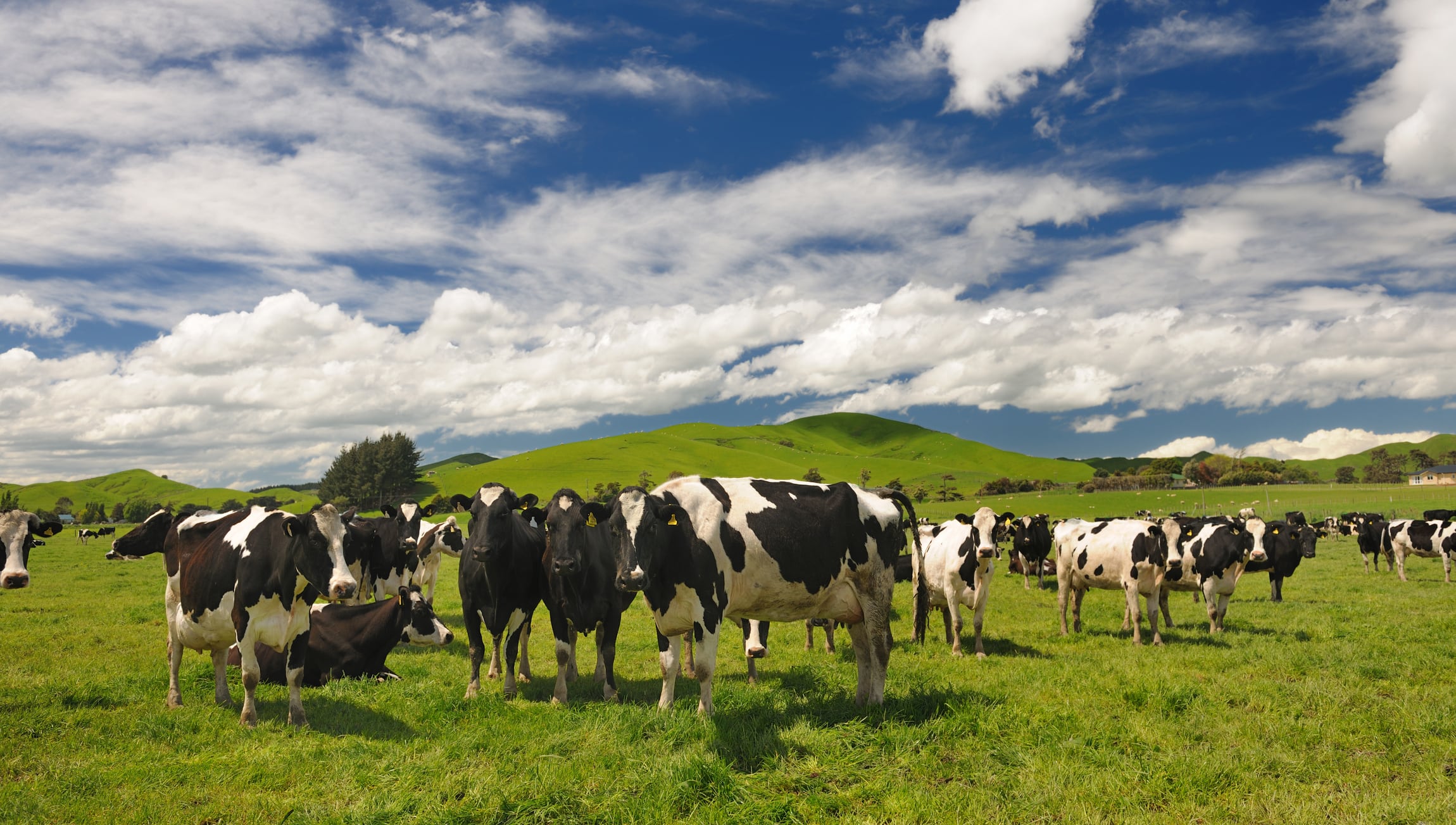Fonterra’s proposed deal with Lactalis over the acquisition of the New Zealand co-op’s consumer and integrated businesses has led to calls to tighten the country’s raw milk supply regulations.
Winston Peters, the country’s foreign affairs minister, suggested in an open letter for Fonterra’s voting shareholders that the co-op has benefitted from an improved regulatory environment.
But because the co-op is selling off its entire consumer portfolio to Lactalis in a deal that will also make the French multi-national one of Fonterra’s biggest commercial customers, milk supply rules may need to be updated to factor in the needs of independent processors.
“If this deal proceeds, then perhaps we need to revisit the regulatory environment for Fonterra,” Peters warned. “Fonterra is required to sell a portion of its raw milk to other New Zealand producers, and these rules have been relaxed in recent years.”
Peters refers to a recent amendment to New Zealand’s milk supply regulations based on which Fonterra is no longer required to supply independent processors – including Lactalis – if these source at least 30 million liters of milk from non-Fonterra farmers. This change is referred to as the ‘own-supply rule’ and has been in effect since June 2024.
An earlier amendment also reduced the amount of regulated milk Fonterra must supply overall, from 795 million liters to 600 million, meaning that the co-op can, in theory, sell more milk at market prices.
In addition, Goodman Fielder - which was created back in 2001 to act as a competitor to Fonterra - must now pay the co-op an extra 10 cents per kgMS for all regulated raw milk it purchases, and at the quarterly fixed price. The extra charge and the ability to offer quarterly fixed pricing gives Fonterra more pricing flexibility and cost recovery opportunities.
Previously, Goodman Fielder could receive up to 250 million litres annually (now increased to 350 million litre) while all other independent processors were capped at 50 million litres each.
These changes have strengthened Fonterra’s pricing and commercial power but also reduce the number of processors eligible for regulated milk; making it more difficult for local players to source milk at lower-than-market prices.
In turn, this could be stifling entrepreneurship and preventing export-focused businesses to exist sustainably, some analysts argue. Peters has indicated that the latter is a valid concern for the government.
“Without the value-add of consumer brands owned by Fonterra, it is reasonable to ask whether Fonterra should sell more of its milk to other producers so they can develop New Zealand products.”
Commerce Commission finds Fonterra’s pricing ‘fair’
When it comes to Fonterra’s milk pricing model, the Commerce Commission recently concluded that Fonterra’s 2024/25 base milk price calculation was consistent with both the efficiency and contestability dimensions of the DIRA.
This means Fonterra’s pricing is deemed fair and competitive by the regulator and no regulatory intervention is needed on that front.
But the Commission also flagged areas for improvement in future reviews, such as its asset beta methodology and comparator consistency, which may influence regulatory adjustments down the line.



